In our last blog post we highlighted the risks associated with attempting to copy the training programs of elite runners and explained why this is not an effective way of getting the most out of your own running. The underlining message of that article, however, was not simply ‘don’t do what elite runners do’, but rather, think about what elite runners do and have done throughout their entire journey to the top and assess what is and is not appropriate for you at your current stage of development. The common idea is to copy what they do at the pinnacle of their career but what they did in their earlier developmental stages may be more appropriate for you.
You can read the full article here.
In this blog I want to look at some of the things we can learn from the training of elite runners. While it is essential that the type of training an athlete does is specific to the needs of the individual, there are some key principles and philosophies that are unanimously adopted by world class athletes which help to create the underlying foundations on which their training programs are designed.
Consistency
If you speak to any athlete at the top of their game, one thing that quickly becomes evident is their focus on long term development, rather than immediate results. One excellent session carries little weight in comparison to a year’s worth of good, consistent training. This sounds obvious and indeed most runners and coaches, at any level, will claim to understand the importance of consistency, but it is rarely put into practise during training nor is it deeply considered when designing a program. While the importance of consistency in training is acknowledged and professed, there is a lack of understanding of how it can be achieved and is more left down to luck and a case of hoping for the best.
During my days as a relatively inexperienced, young, athlete, I would show up to training ready to really hurt myself. I would push sessions to my absolute limit, practically racing the final rep with my training partners, regularly finishing by collapsing to the ground and barely being able to stand after the session. I would do this several times per week. This is not an exaggeration, I simply thought this was the way to train if I wanted to reach the top. I am not unique in this respect; many amateur runners striving to improve regularly push extremely hard, almost to their limit, during multiple training sessions per week. Of course, it seems natural that in order to improve you have to work extremely hard and this philosophy is backed up by the way we, as a society (particularly in the sporting world) romanticise ‘the grind’. The saying “no pain no gain” springs to mind as a perfect example of this. We credit those who appear to be working the hardest, even if this is not necessarily the best or most efficient way to get results. We give bonuses to the office worker who stays at his desk until 1am, despite the fact that research clearly shows a lack of sleep and over working leads to poor focus, frequent mistakes, and poorer quality of work. Similarly, we praise the athlete lying on the ground in a heap at the end of the workout simply because they pushed it to their limit, rather than because they consistently do the right training.
One major difference I notice when training with elite runners is that their sessions are rarely, if ever, ‘all out’. Quite the opposite in fact. They pay close attention to ensuring that their effort during quality training sessions is controlled. They still work hard during these sessions, but the key difference is that they work just hard enough to ensure they get a good training stimulus without hurting themselves so much that the quality of subsequent training sessions suffer. They value the importance of consistent, long term progress so much that they put their ego aside and stay within their limits, ensuring they can complete many months and years of good training.
To give a real life example which highlights this very nicely, I recently started training with a very talented group of Norwegian runners in Tønsberg, Norway. Put bluntly, they are better runners than I am. When I started training with them in the winter I was keen to assert myself as an adequate member of the training squad and so, in the key workouts each week I pushed the last few reps just a little bit harder and ensured I opened up a suitable gap between myself and the rest. I went home and reported my excellent workouts to my coach, even emphasising the fact that I ‘beat’ the other guys I was training with.
Of course, after 3 weeks of training like this, I found myself feeling overly tired, fatigued, and exhausted. I went from the front of the group to trailing behind and on two occasions I was unable to complete the whole session. I even measured my lactate in one session and discovered my lactate levels were 4x higher than that of the guys I was training with. I had to take a further easy week before getting back to training with the group, having learnt my lesson.
The point here is clear. I had three great weeks of training followed by two weeks of barely being able to complete sessions, while the rest of the (more disciplined) group executed five perfectly good weeks of high quality training. When looking at those 5 weeks of training, the rest of the group completed more quality sessions than me and did more mileage, not because they were significantly better athletes, but because they were more disciplined.
That is not to say they never push themselves to the limit, but when they do, it is well planned to ensure there are sufficient recovery periods after the hardest workouts or races.
Intensity Discipline
This leads nicely onto the concept of intensity discipline. All elite runners (or at least their coaches) have an excellent understanding of the delicate balance between hard training and recovery. One of the key reasons athletes do lots of easy mileage is to allow the body time to recover while also reaping the benefits of high overall training volume. Research shows that many beneficial adaptations occur as a result of increasing overall mileage regardless of the intensity. The best way to increase mileage while also allowing the body sufficient opportunity for recovery, is to keep the intensity of most of that mileage easy.
One notable difference we see between elite and sub-elite runners is the level of intensity discipline, not just at the hard end of training, but the easy end too. Elite athletes know the importance of keeping the easy running easy. Of course, the temptation is, if you feel good, to push a little bit harder, or dig a bit deeper up one of your favourite hills, or run a bit faster to beat your friend’s Strava segment record. To push harder during the easy sessions is to take away from your body’s opportunity to recover. In fact, I recently learned that Jakob Ingebrigtsen, double European champion and European record holder for the 1500m, frequently walks up steep hills during his easy runs. Of course, he could easily run up them if he wanted to, but he walks because even the increase in intensity caused by a steep hill in the middle of a run that is supposed to be easy means he would not be giving his body the full opportunity to recover. This is perhaps a little extreme for most runners, since there is ample opportunity to recover throughout the rest of the day, but for world class runners who run in the morning, lift weights in the afternoon, and run again in the evening, all during an ‘easy day’, really need to be careful to ensure the running is indeed easy.
This does not mean, however, that all of their runs are either very easy, or very hard. Elite runners also ensure they cover a wide variety of sessions in their training, paying attention to every intensity zone. They do most of their mileage (around 70 – 90% in fact) at an easy intensity (zone 1), but the rest of the mileage is generally split fairly evenly between zones 2, 3, 4 and 5. The focus may shift throughout the year, for example a 5km runner may pay more attention to zone 5 as they get closer to race day, and more attention to zones 2, 3 and 4 far away from race day. But in general, elite runners cover all intensities of training for most of the year. Intensity discipline applies to all aspects of an elite runners training. If they are told by their coach to do a moderate tempo run (zone 3) then they will not run the last mile as hard as they can, they will keep it in zone 3. If they are told to do an easy run, it will stay easy, if they are told to do a hard training session and push themselves to the limit, then of course, to the limit they will push.
This concept of intensity discipline also links back to the importance of consistency. Part of the reason the intensity of training is monitored so closely is to ensure that they can continue training well every day without the need for prolonged recovery periods and limiting the risk of injury, overtraining or illness.
These are two of the key lessons that I think can be applied to the training of all distance runners, regardless of their level or experience. It may sound a little boring, but the best way to ensure long term progress is to train consistently and stay disciplined with your workouts.
Thanks for reading!
Callum
The Kenya Experience – Running Camps in Iten Kenya for runners of all levels
Our running camps provide an inspirational location, expert coaching and a supportive group environment for runners of all levels. With an emphasis on ‘doing it the Kenyan way’ the camps include guided runs, practical workshops, seminars and talks from our coaches and guest speakers, plus an exciting itinerary outside of the actual training itself which will immerse you inside the Kenyan running scene. You will meet and learn from top Kenyan runners & coaches and interact with the local community in Iten under the guidance of our expert staff. Want to know more? Click here for details on our training camps.
About the Author
Callum Jones has been part of the Kenya Experience team since 2017 and is now head of our Online Coaching Service. As well as a coach, Callum is a competitive athlete himself recently running times of 14.20 and 3.48 for 5km and 1500m respectively. He is currently co-authoring a book alongside Coach Hugo van den Broek on the interpretation and implementation of scientific literature in distance running training.
“My journey as a runner to the point where I am now has been a continuous learning curve and I am still gaining new experiences and learning from those around me, even after close to two decades of dedication to the sport. Being part of the Kenya Experience Team has given me the chance to share all that I have learned along the way with like minded runners from all over the world. Whether on the camps themselves or as an online running coach, I am here to help runners of all levels improve and to enjoy their journey as an athlete as much as I am enjoying mine.”

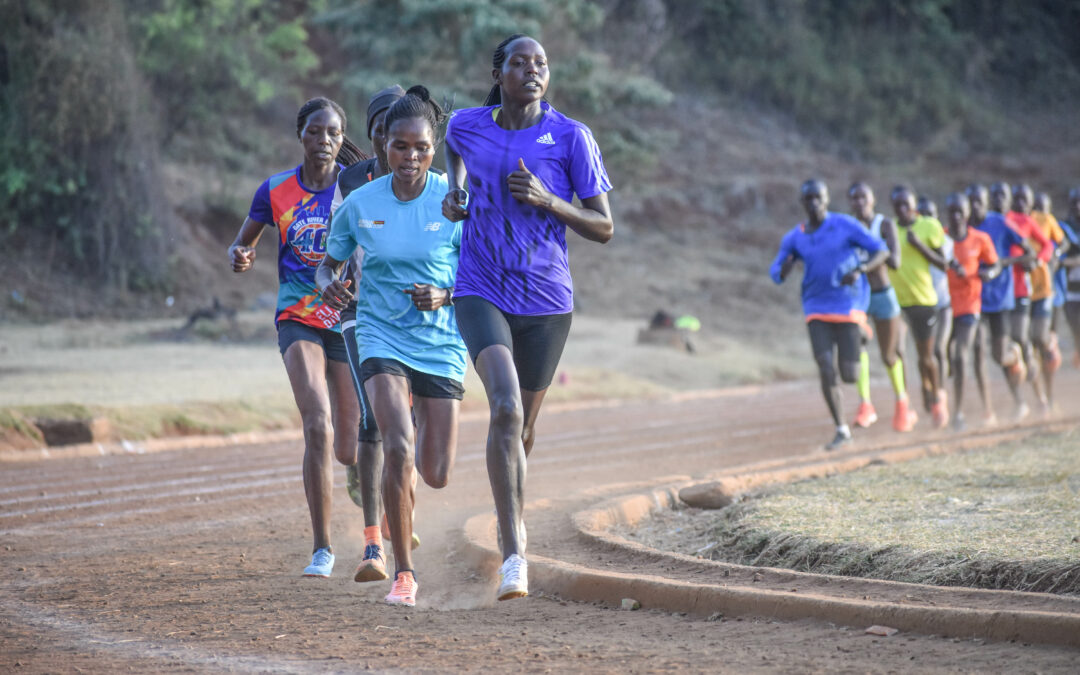
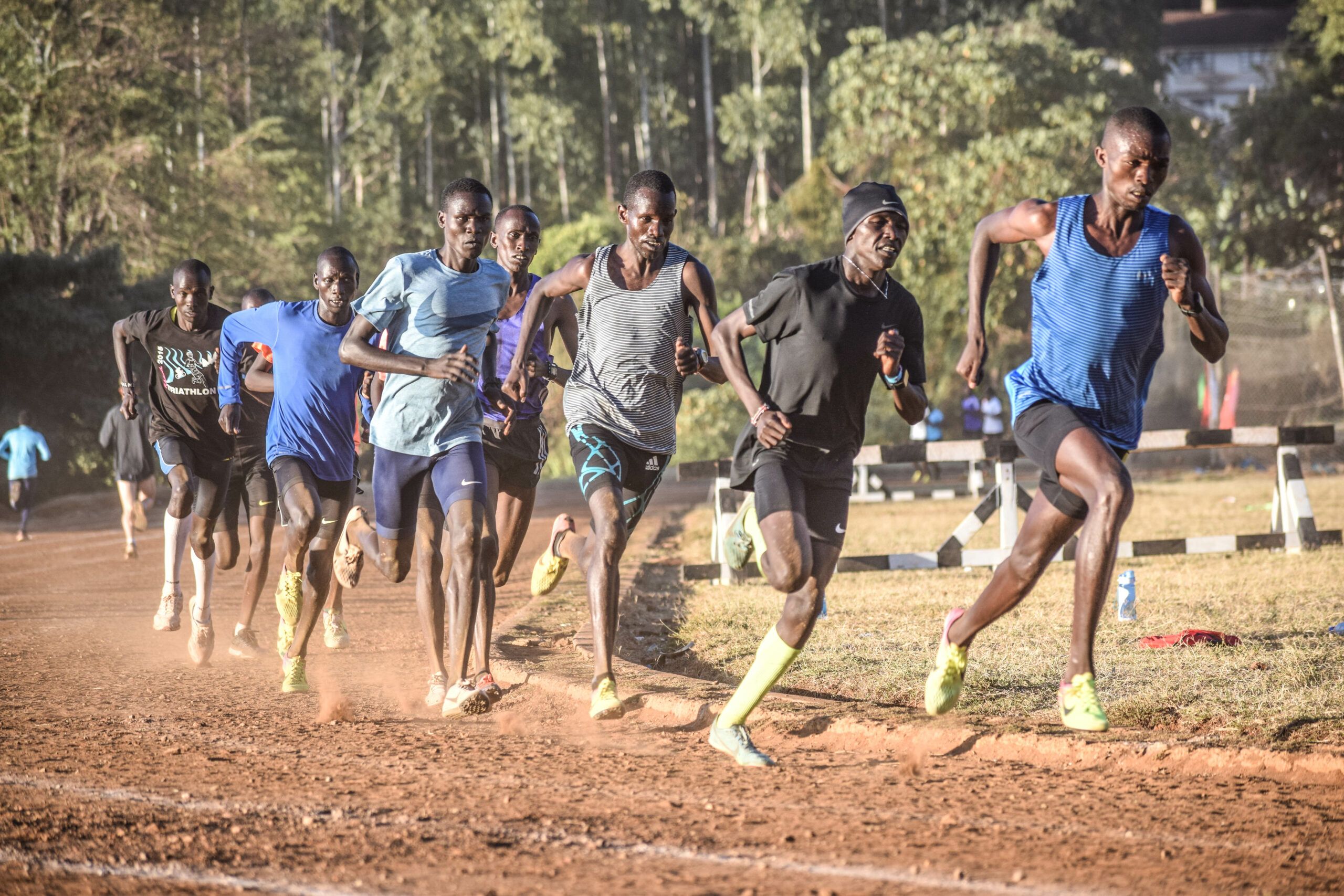
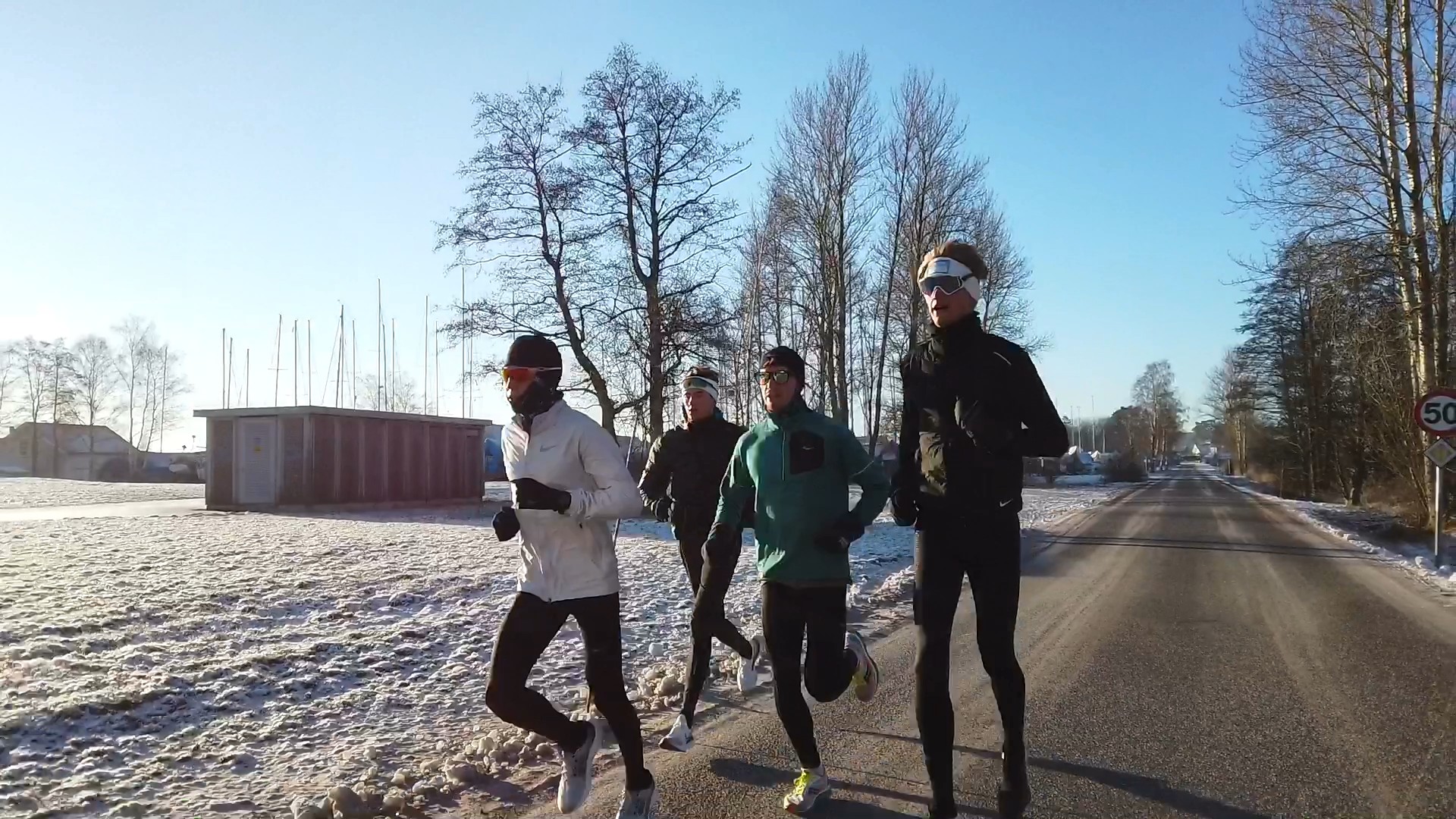
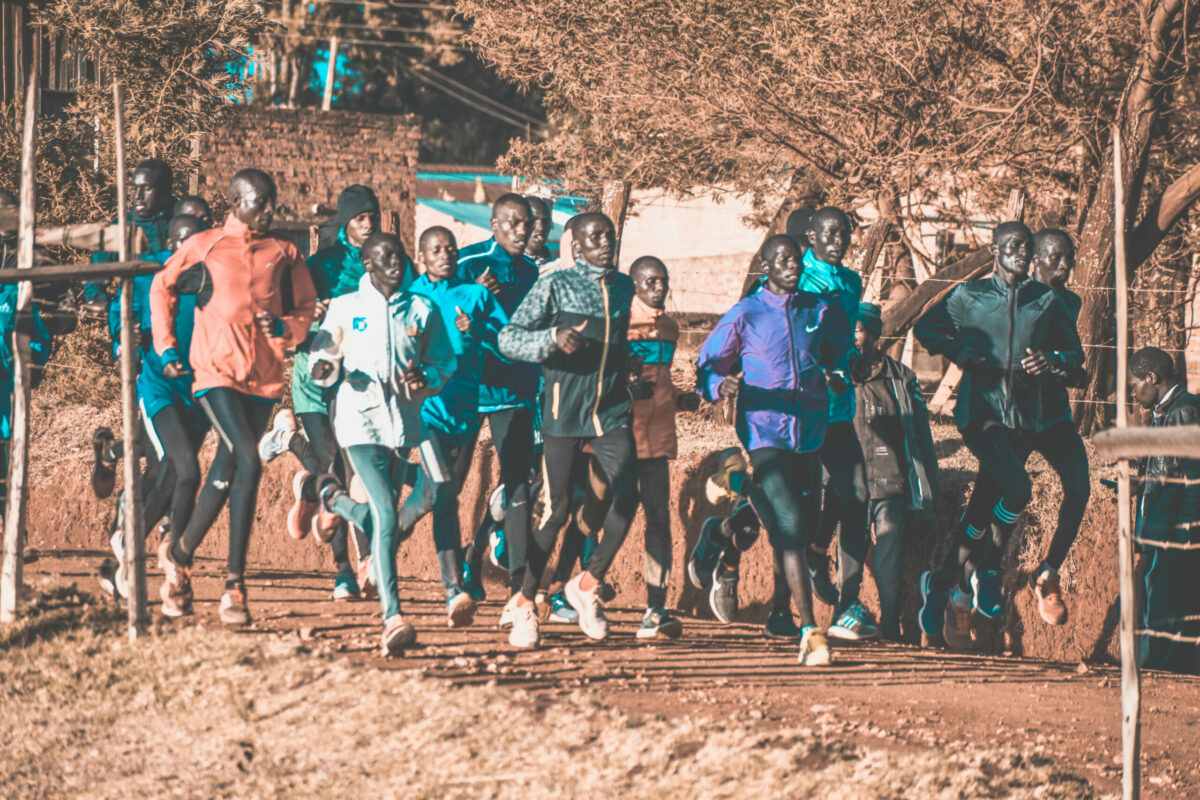
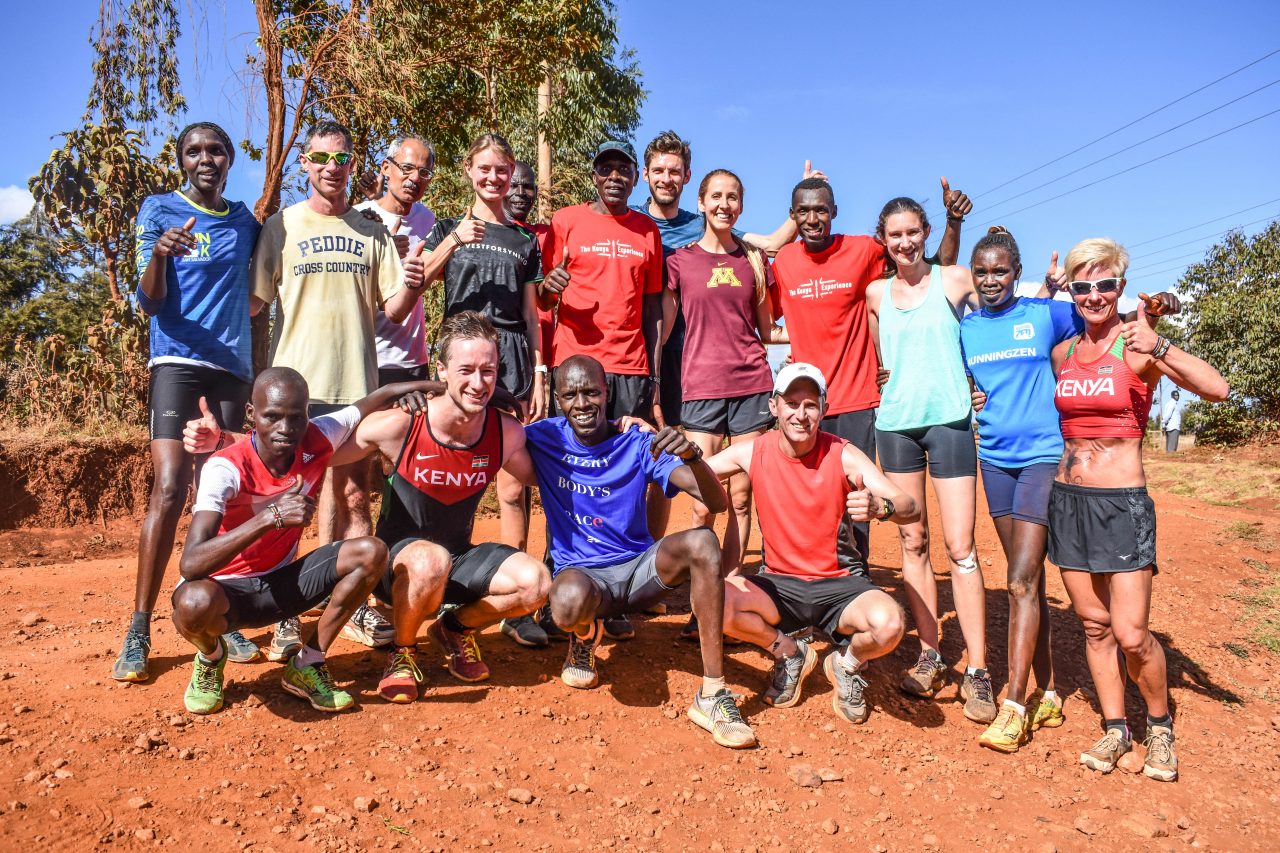
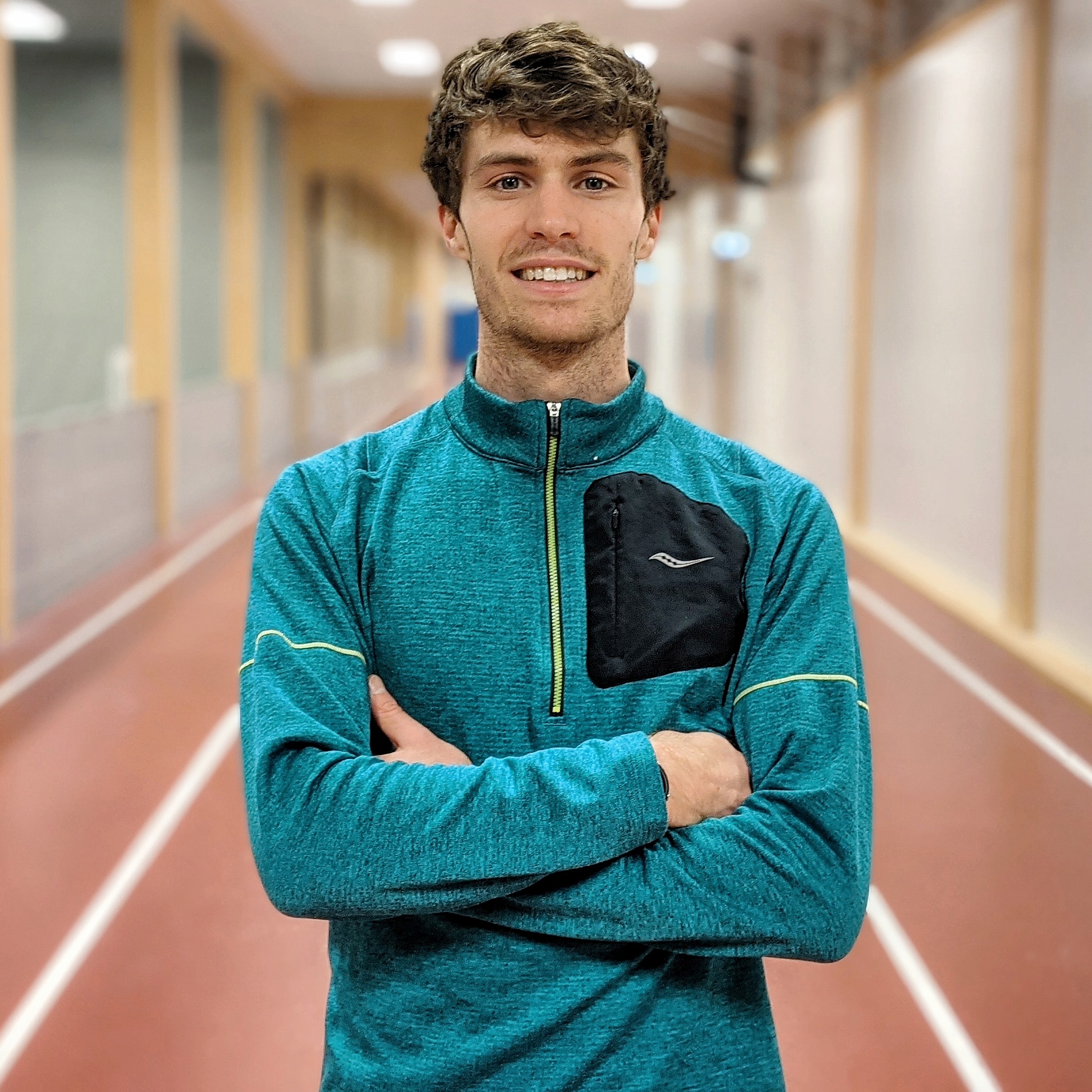
Recent Comments